Catalog
Equipment
2226 products
View:
- Selected: 0Areas of use
- Selected: 0Item names
- Selected: 0Manufacturer
- Selected: 0Made in
- Selected: 0Additional
View:
2226 products
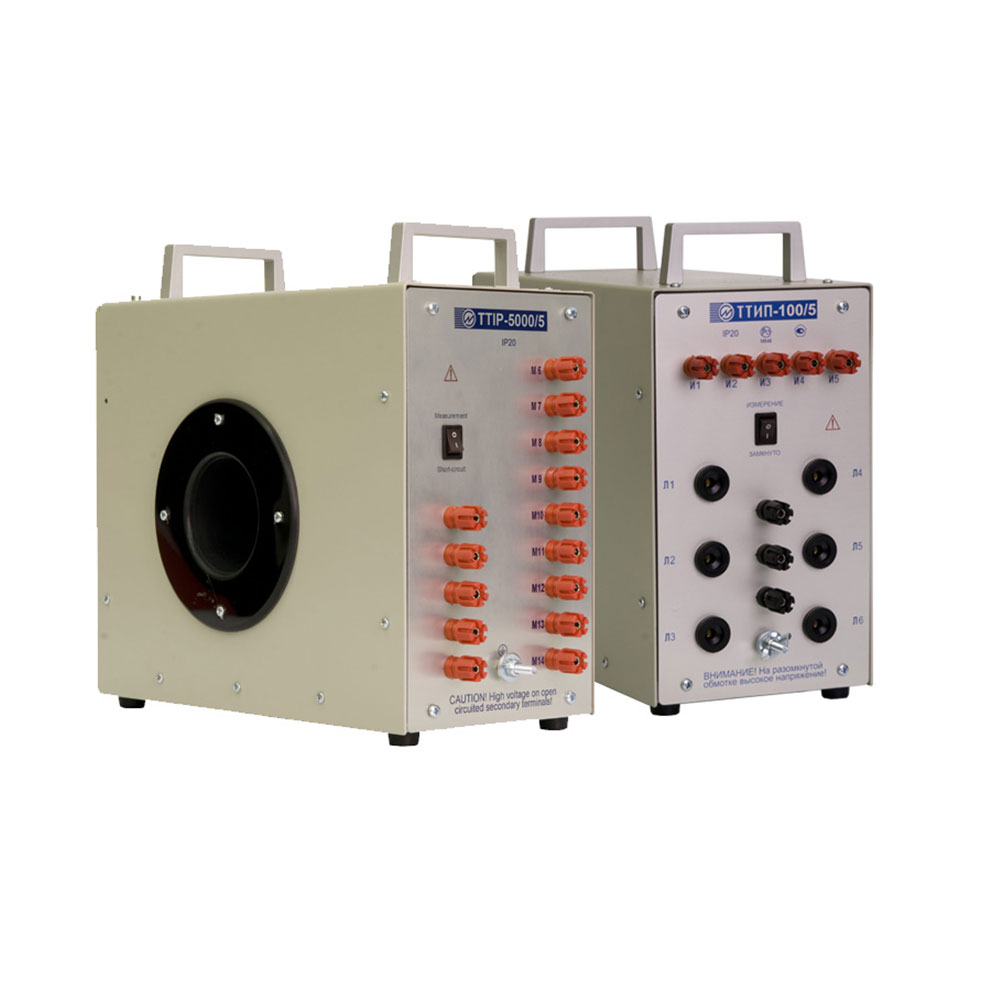
TTIP Reference measuring current transformers (accuracy class 0.05)
Marsenergo
Saint Petersburg
Produced in: Saint Petersburg

Pressure gauge MTIf-250
It is designed for the use with Raid bombs BR 01T, BR 02T in determining the absolute vapor pressure of volatile crude oil and volatile non-viscous petroleum products in accordance with GOST 1756.
Pressure gauge with a range of measured pressure 0...250 kPa.
Accuracy class 0.4
Connection size M20x1.5 mm
Overall dimensions 160 mm
Weight 1.5 kg
Termeks
Tomsk
Produced in: Tomsk
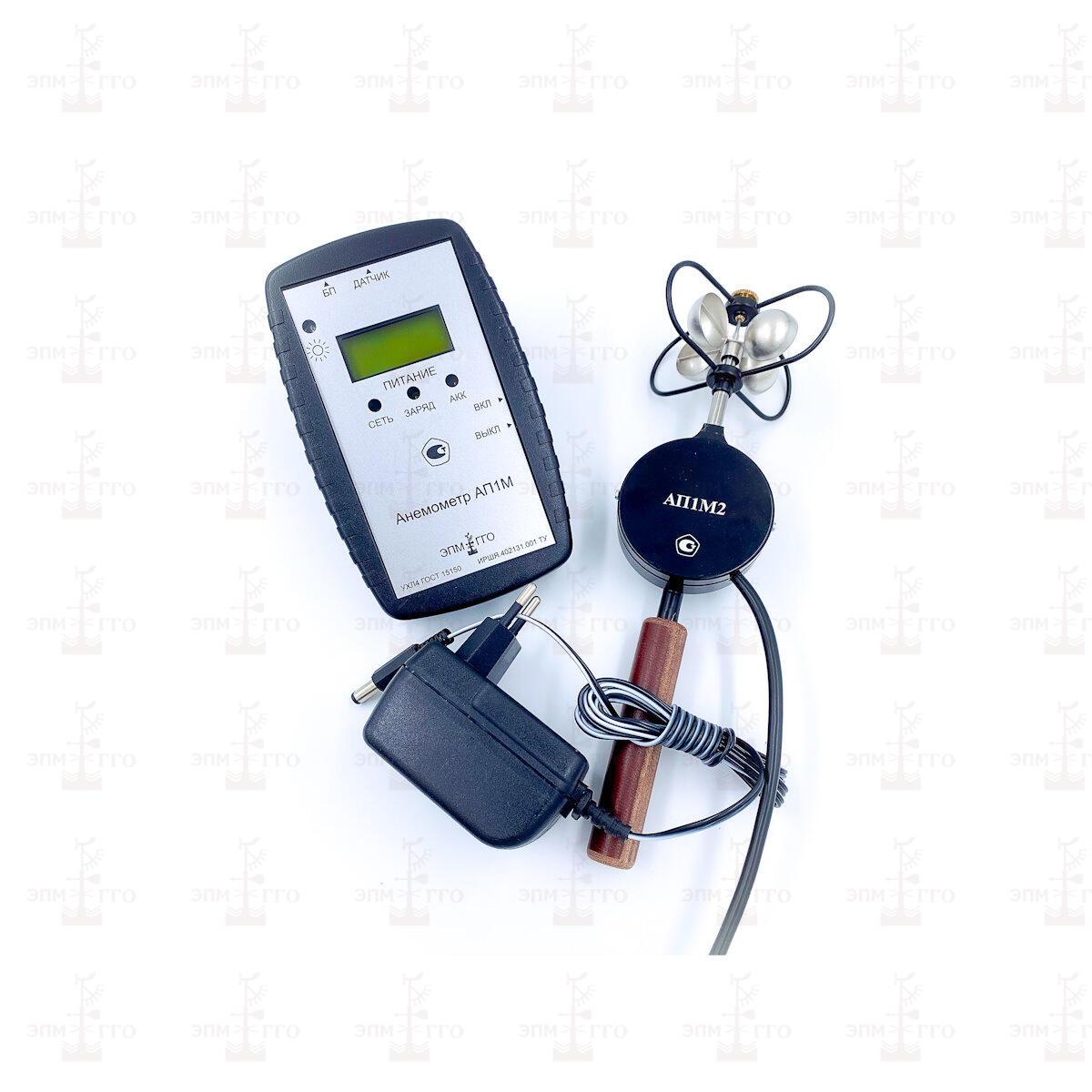
Anemometer AP1M with cup sensor AP1M2
from
47 332 ₽
Range: 0.8-20.0 m/s;
Accuracy characteristics: PG±(0.3+0.05V) m/s;
The power is supplied from a 4.8 V battery.
The power consumption is 0.1 VA.
Application conditions:
For primary measuring transducers: from minus 30C to plus 50C in the range of 1.0–20.0 m/s;
For digital measuring console: from minus 10C to plus 50C;
Relative humidity 45-80% at temperature (25±10)With;
Continuous operation time at negative temperatures up to minus 30C is no more than 1 hour.
EMPGGO
Saint Petersburg
Produced in: Saint Petersburg
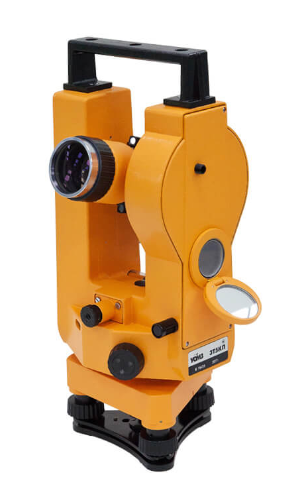
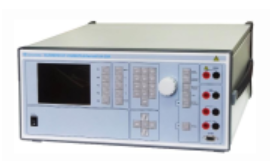
Universal calibrator H4-20A
The calibrator is capable of operating both independently and as part of automated measuring systems with interfaces such as RS-232 and ETHERNET.
Technical specifications
Ranges of reproduction of quantities:
- constant electrical voltage from 500 MV to 1000 V
- alternating electric voltage in the frequency range from 40 Hz to 2.5 kHz from 1 mV to 1000 V
- the power of direct electric current from 10 µA to 50 A
- the power of alternating electric current in the frequency range from 40 Hz to 2.5 kHz from 100 µA to 50 A
- frequency of alternating electric voltage from 40 Hz to 2.5 kHz
Errors in reproducing quantities:
- constant electric voltage ± (0.02 – 2.4)%
- alternating electric voltage in the frequency range from 40 Hz to 2.5 kHz ± (0.03 – 2.1)%
- constant electric current ± (0.03 – 0.25)%
- alternating electric current in the frequency range from 40 Hz to 2.5 kHz ± (0.04 -0.25)%
- frequency of alternating electric voltage ± 0.02%
The value of the phase shift between voltage and current with simultaneous ignition ± 2 °
General characteristics:
Operating temperature range from 5 to 40 °C
AC power supply 220 V, 50 Hz
Power consumption, no more than 1000 VA
Overall dimensions, mm 455x198x463
Weight, not more than 20 kg
TEKHNOYAKS
Moscow
Produced in: Moscow
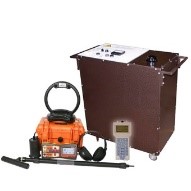
Portable Electrical Laboratory for Cable Damage Detection by Acoustic and Induction method Athlete KAI-1.1001
Appointment Athlete KAI-1.1001
• Search for a live cable.
• Detection of the passage of hidden communications (metal pipelines, cable lines).
• Preliminary detection of the distance to the place of damage.
• Search for places of cable damage in an acoustic way.
• Search for places of cable damage by electromagnetic means.
• The presence of a "Friend-Foe" mode.
TEKHNO-AS
Kolomna
Produced in: Kolomna, Moscow region
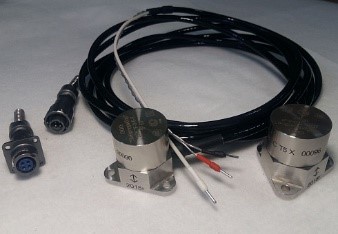
Vibration velocity sensors with current output DVST-3
Vibration velocity sensors with a current output DVST-3 are designed to convert the RMS value of the vibration velocity of an object into a standard current signal of 4-20 mA.
VIBROPRIBOR
Yaroslavl
Produced in: Yaroslavl
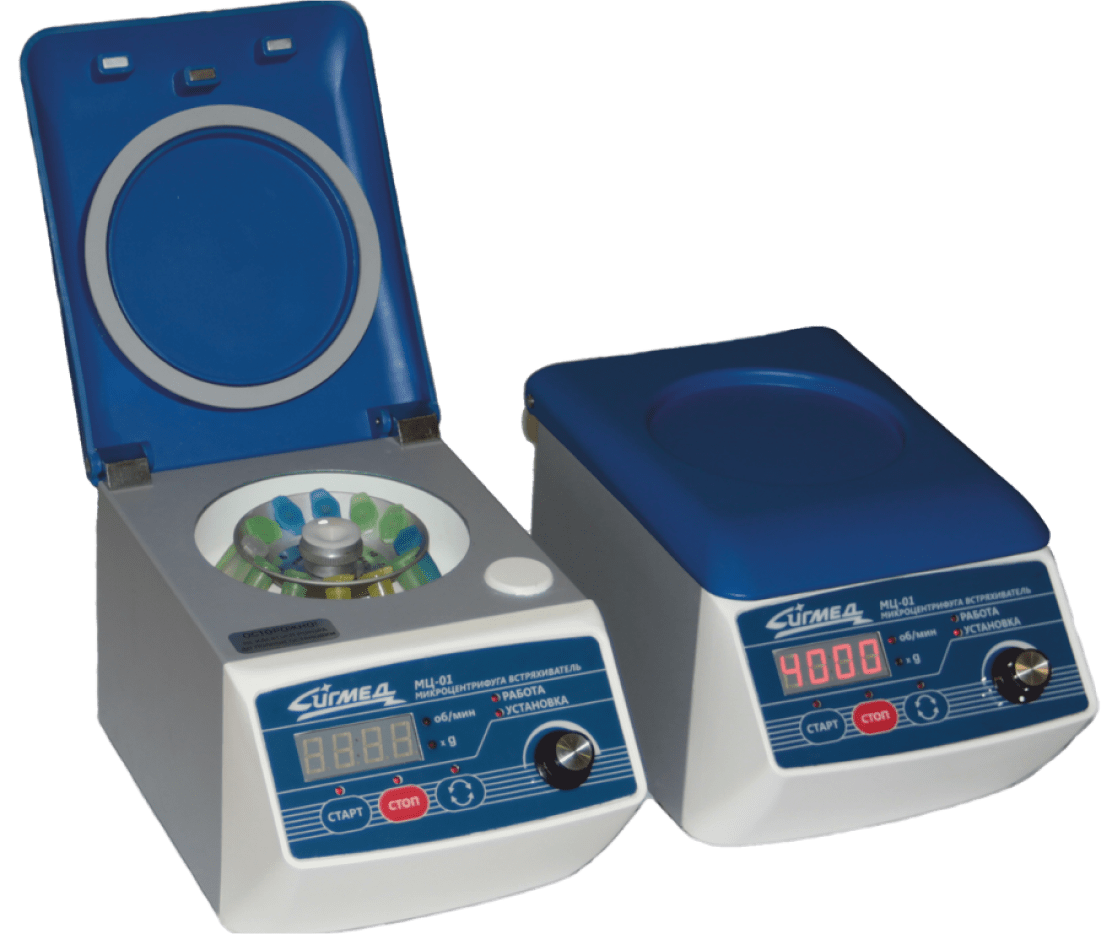
Sigmed MC-01 Microcentrifuge
Functionality
1. Centrifugation function (300 - 4000 rpm).
2. Shaking function (forward-reverse rotation with a frequency of 2 sec.).
3. Mixing in the flask (up to 400 rpm).
4. Mixing in a test tube (500 rpm).
5. Full loading: 12 plastic tubes of the Eppendorf type with a volume of 1.5 ml or 2 ml
Safety
1. Blocking operation when the lid is open.
2. Stops working when opening the lid.
3. Stops working when the mains voltage disappears; it does not restart when the mains voltage appears again.
4. Automatic shutdown after 60 minutes.
5. Low-voltage power supply (+24V).
Ergonomics
1. Simple and intuitive arrangement of controls.
2. RPM or linear g-load are displayed on the readout.
PAO PZ "SIGNAL"
Obninsk
Produced in: Kaluga region, Obninsk
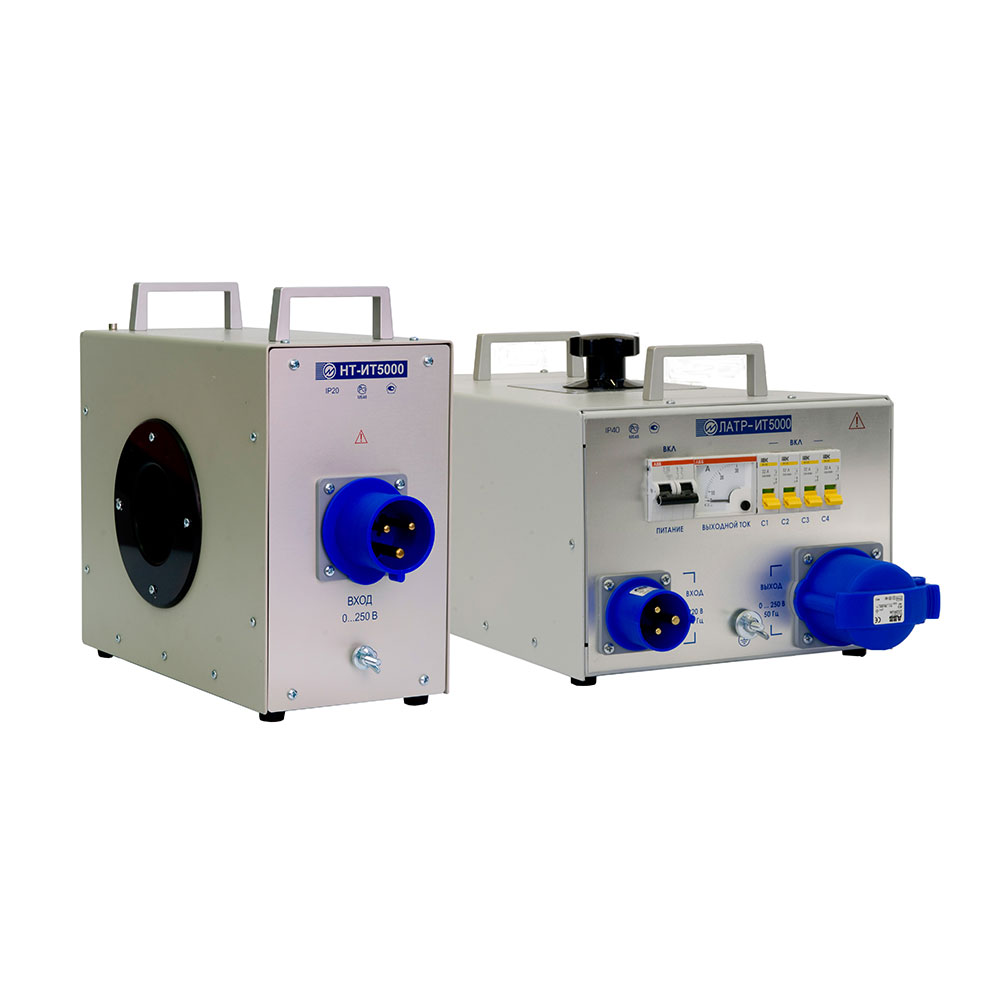
IT5000 Adjustable current source up to 6 kA
Marsenergo
Saint Petersburg
Produced in: Saint Petersburg
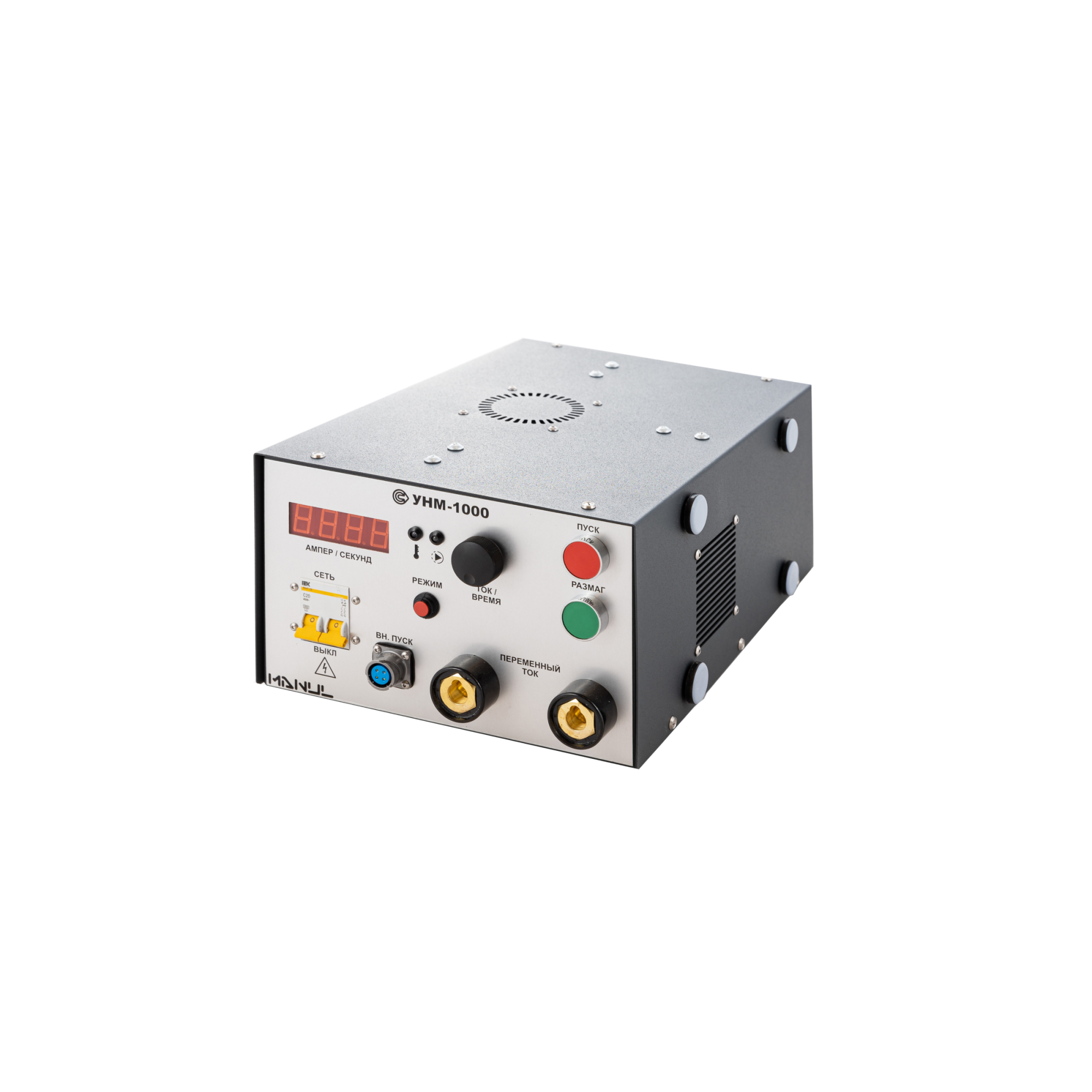
UNM-1000 portable magnetizing device, power unit
from
552 000 ₽
The UNM-1000 allows to detect internal, subsurface and surface defects of different types (cracks, flokens, delaminations, defects of welding seams, etc.) in parts, structural elements, units and mechanisms of industrial units, railway, auto, air vehicles, as well as petrochemical, gas and technological equipment during the manufacturing and repair stages or during routine inspections of the products being in operation.
The principle of operation of the UNM-1000 AC flaw detector
The magnetic powder method of detecting defects in products made of ferromagnetic materials is based on the ability of magnetic powder particles to settle in the defect zone, where inhomogeneities of the magnetic field created by the magnetizing device arise. Unlike devices based on permanent magnets, magnetic particle flaw detectors allow you to set the current and time of magnetization and automatically demagnetize controlled samples.
The UNM-1000 AC flaw detectors allow monitoring of products by the applied field method using various magnetization techniques. To do this, the alternating electric current generated by the flaw detector can be passed through a magnetizing cable or directly through a controlled product connected to the flaw detector using electrical contacts. The value of the current used for magnetization and demagnetization of the product is set by the operator of the device.
Design features and advantages
The UNM-1000 flaw detector is a portable device, which allows you to control the quality of products made of ferromagnetic materials both in production and in laboratory conditions. The basic set of equipment for magnetic particle flaw detection includes a UNM-1000 magnetizing device, a power cable for power supply from a single-phase AC network with a voltage of 220 V, and technical documentation. At the request of the customer, electrical contacts and a magnetizing AC cable can be additionally supplied.
The advantages of the UNM-1000 device of the MANUL series include:
the possibility of monitoring both in the applied magnetic field with longitudinal magnetization using power cables, and with circular magnetization by passing current through the controlled product;
wide range of magnetization current adjustment from 50 to 1000 A;
automatic demagnetization of controlled products;
high performance;
the device is compact and has light weight;
the degree of protection from external influences is at least IP40.
Scope of application of magnetic particle control means
Due to its versatility, simplicity and ease of operation, the UNM-1000 magnetic particle flaw detector can be used in almost all non-destructive testing laboratories of workshops and assembly shops of the automotive and aviation industries, railway transport, for the needs of civil and military shipbuilding. Also, the UNM-1000 magnetic powder control device can be successfully used in the energy sector, in the production of pipelines, metal structures, construction equipment and related industries. Technical characteristics of the portable magnetizing device UNM-1000 fully complies with the requirements of the following standards: GOST R 56512-2015, GOST R 53700-2009 (ISO 9934-3:2002), GOST R 50.05.06-2018, GOST R ISO 10893-5-2016, GOST ISO 17638-2018, RD 34.17.102-88, RD-13-05-2006 , as well as other national and foreign regulations documents on standardization of magnetizing devices and flaw detectors for magnetic powder control.
Technical specifications
• Magnetization current: up to 1000A (RMS), 4.3V,50 Hz
• Demagnetization mode
• Weight: no more than 20kg
• Overall dimensions (W×H×D): 290×160×450 mm
• The device is powered by 220V, 50 Hz
RII MNPO SPEKTR
Moscow
Produced in: Moscow
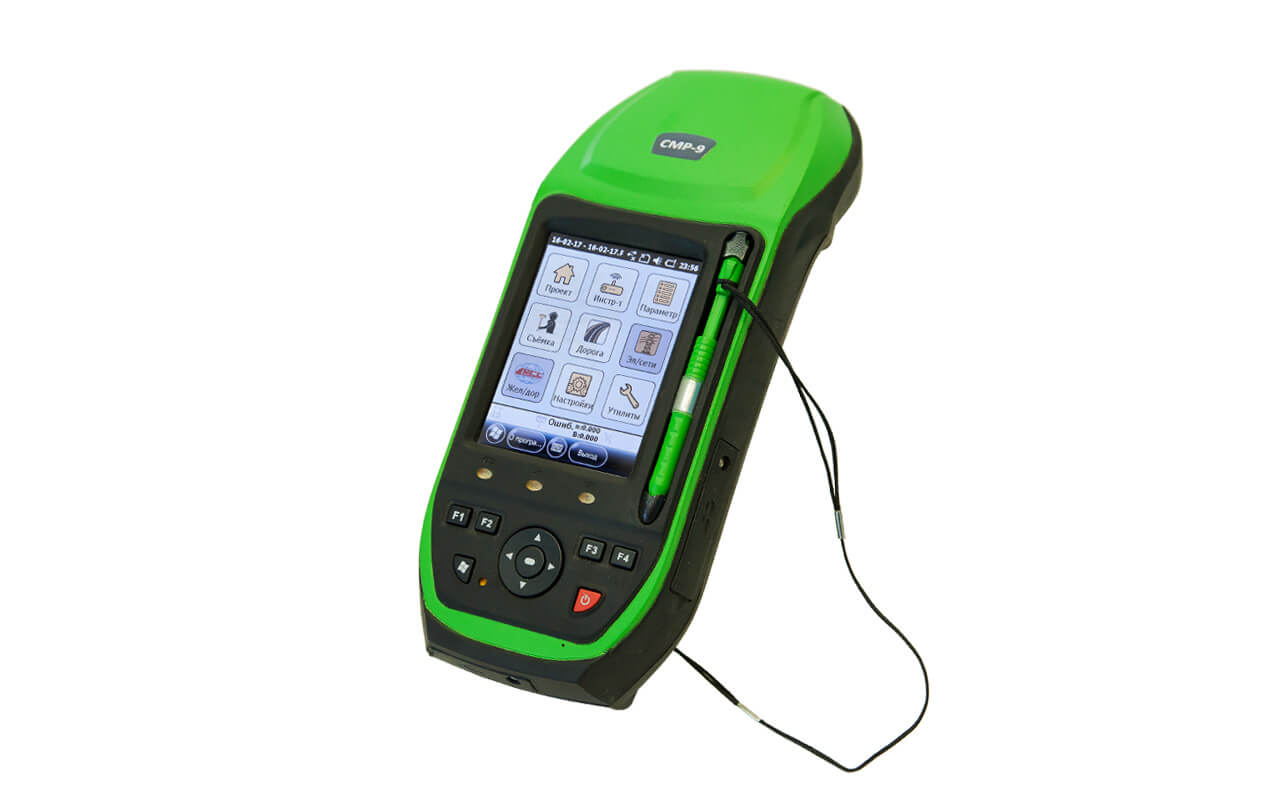
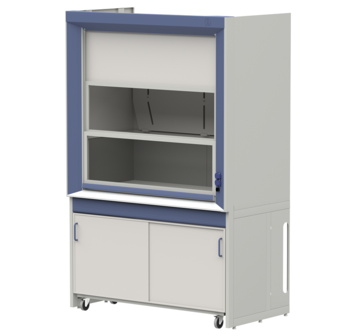
Exhaust cabinet for working with acids LAB-PRO SHVK 150.84.230 VI
BASIC EQUIPMENT:
Working box
front guide posts – aluminum profile painted with powder paint (RAL 7035/RAL 5023), in the right rack there are a light switch and 2 splash–proof sockets with a 3.2kW cover (IP54)
the front anti-spill side is acid-resistant polished stainless steel. AISI 316 steel
rear, upper, side panels – metal painted with powder paint (RAL 7035) with the texture of shagreen leather
inner capsule made of polypropylene lined with ceramic plates of the rear and side panels to a height of 380mm
2 dependent lifting screens – tempered glass in aluminum frames, lifting 0-780mm, do not change the dimensions of the cabinet when lifting
the upper fixed screen – polypropylene
on the top panel:
LED dust– and moisture-proof lamp 2x22 W (IP65) is separated from the workspace by tempered glass with a thickness of 4mm
flange d=250mm (distance from the back panel to the center of the flange - 170mm)
switching box with automatic emergency power off 16A
3 exhaust levels
easily removable exhaust visors
counterweights are placed in the front pylon racks and are easily serviced
Frame base
collapsible frame made of rectangular metal profile painted with powder paint (RAL 7035) with the texture of shagreen leather
service panel - aluminum profile painted with powder paint (RAL 5023) with the texture of shagreen leather
adjustable supports
LOIP
Saint Petersburg
Produced in: Saint Petersburg
